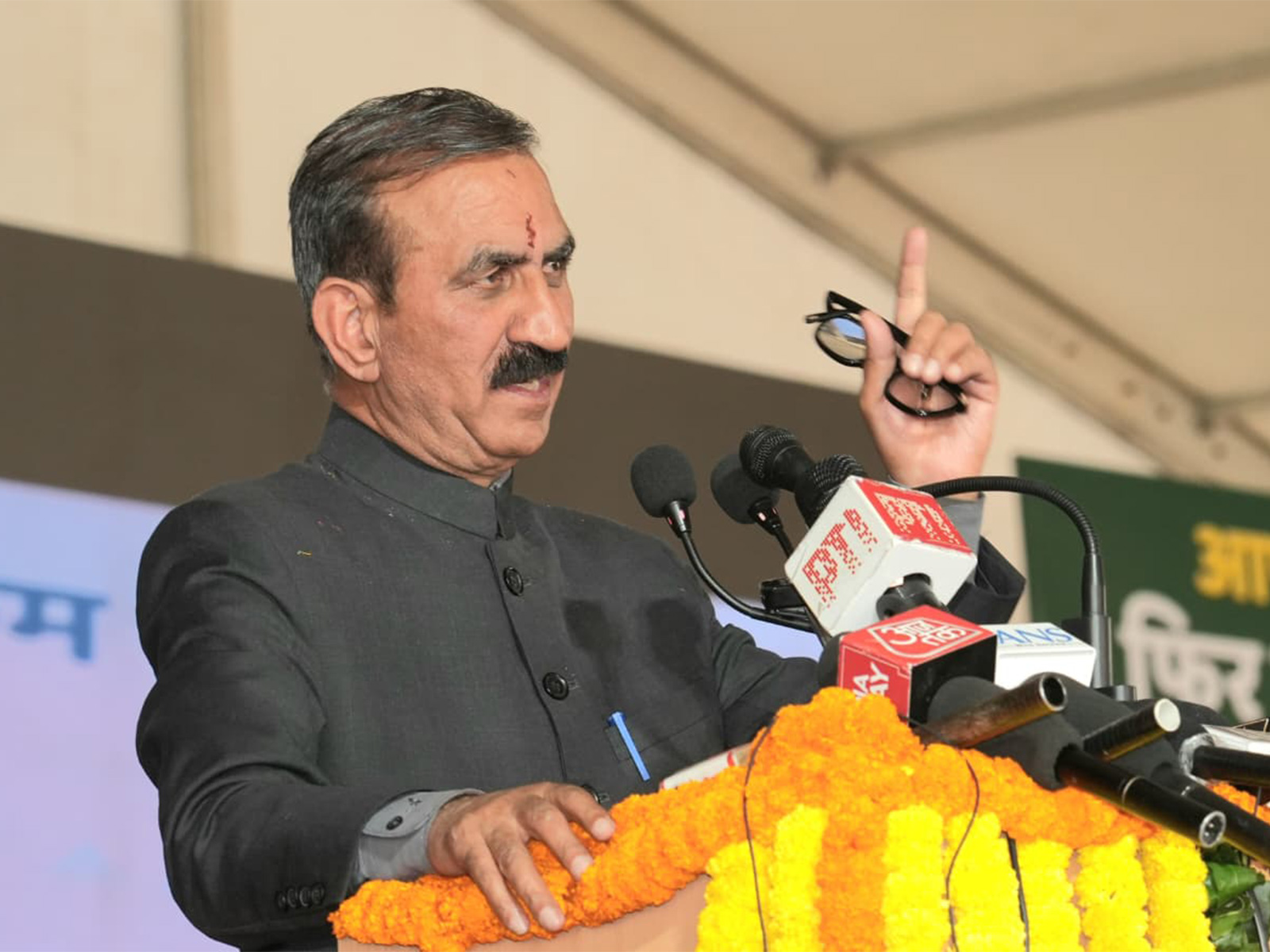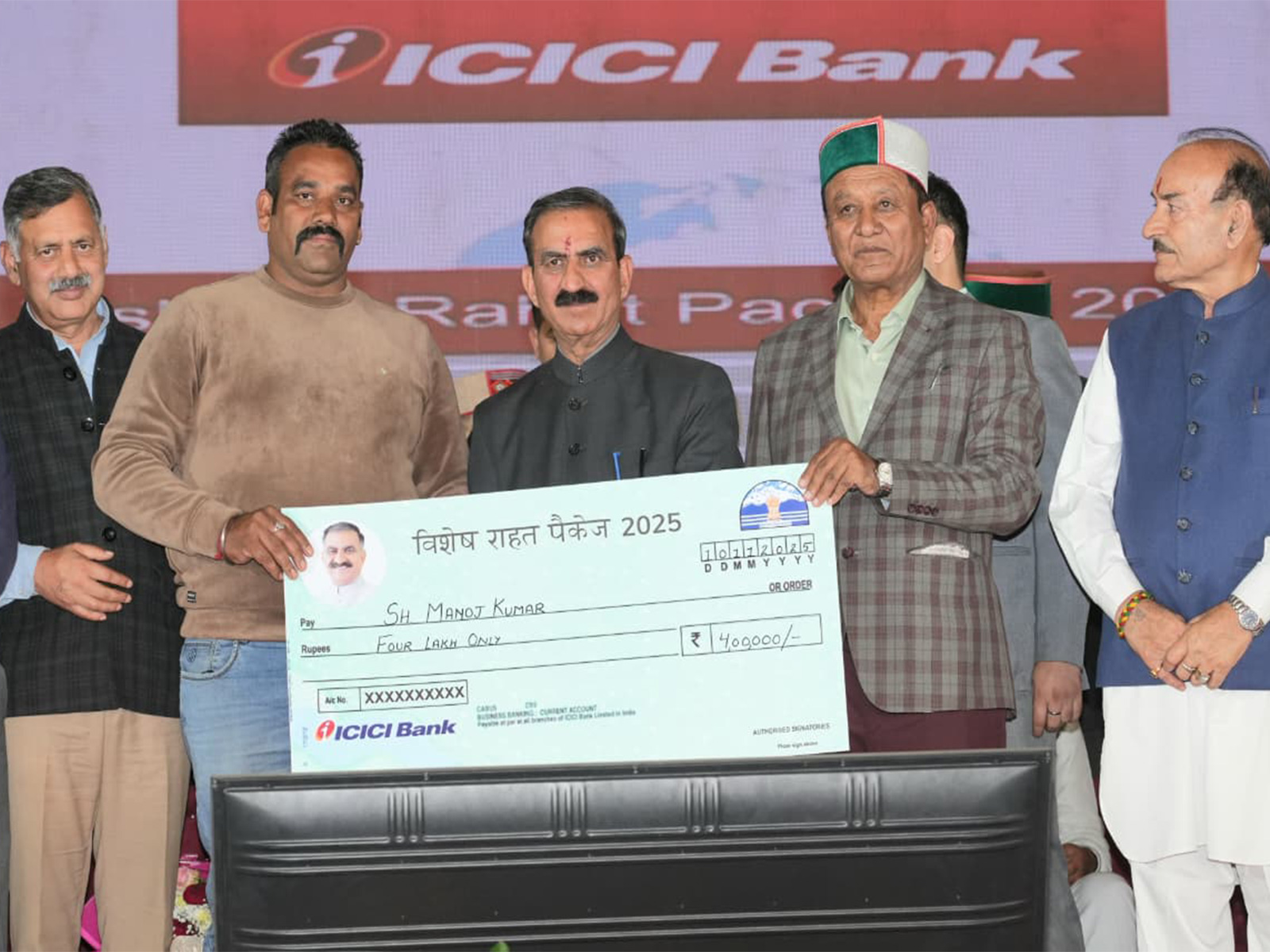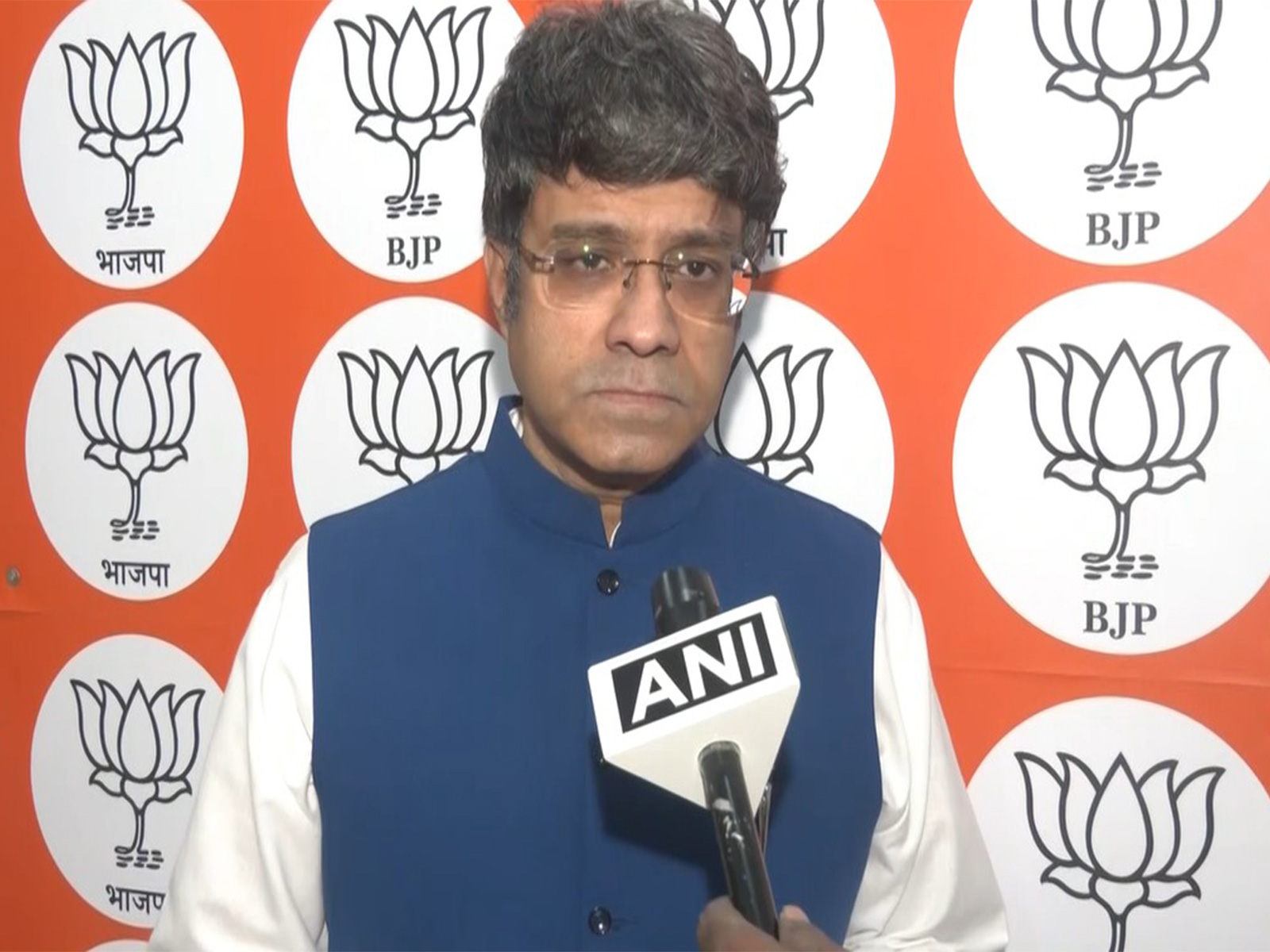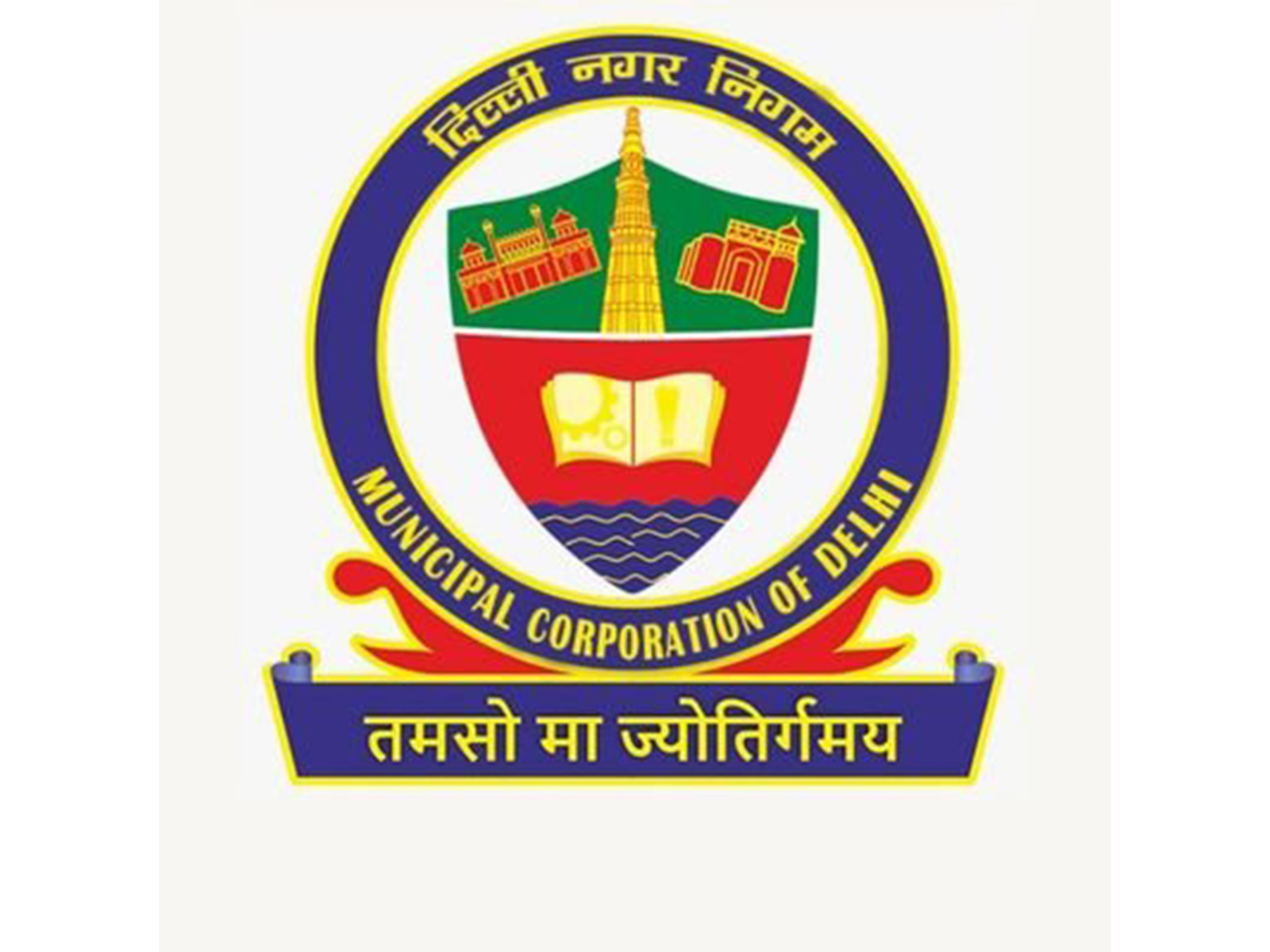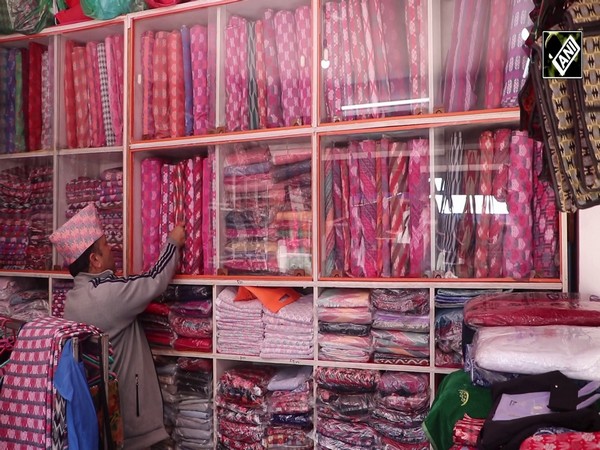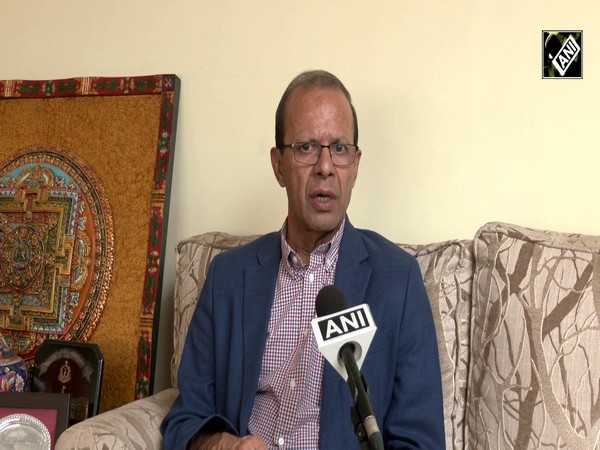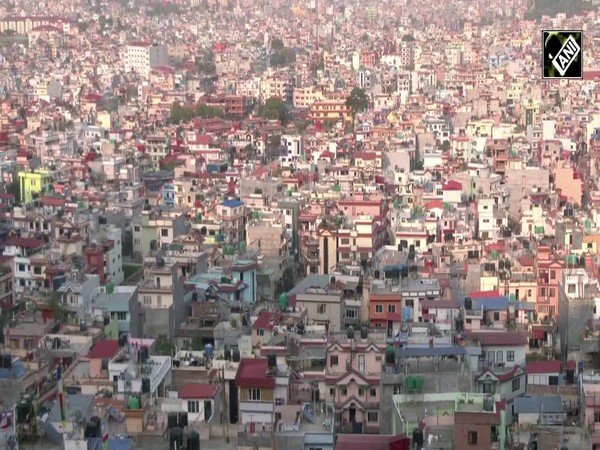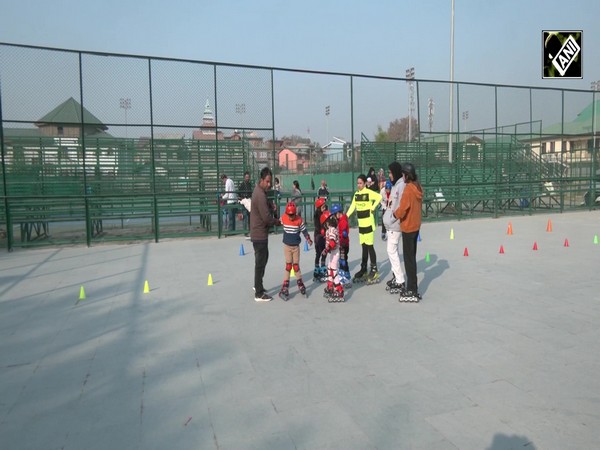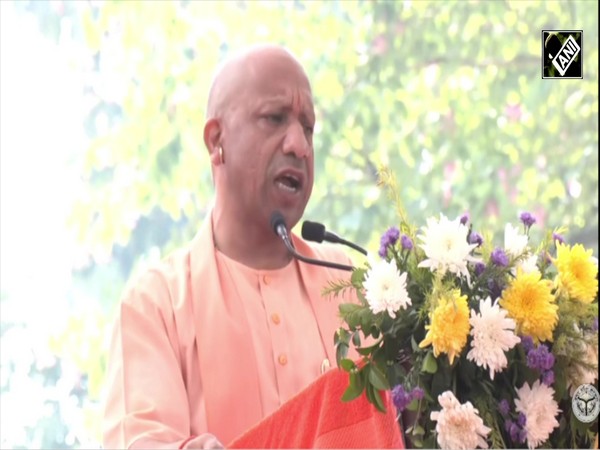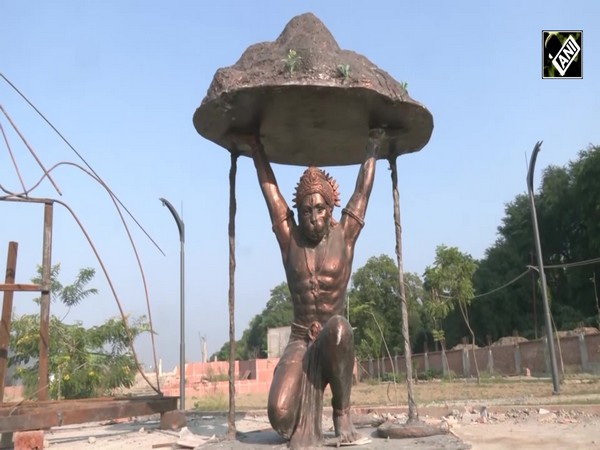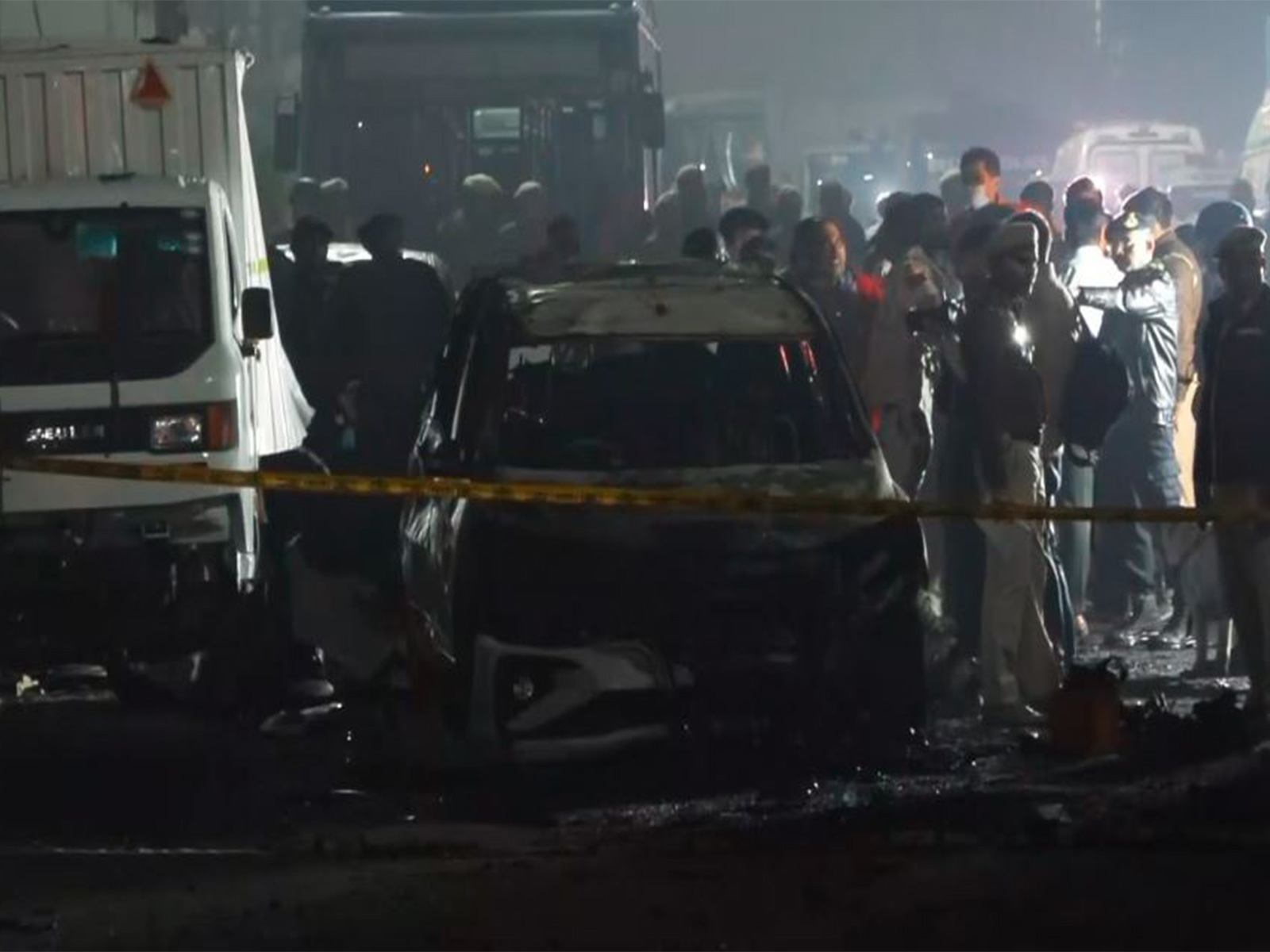
Farm fire incidents see decline of over 65% in Haryana and 35% in Punjab in 2025 over last year
Nov 10, 2025
New Delhi [India], November 10 : The average AQI (Air Quality Index) in Delhi for the period between 1st January - 9th November 2025, has been recorded 175, which was 189 during the corresponding period of last year. PM2.5 and PM10 concentration levels are 75 ug/m3 and 170 ug/m3 respectively during this period, as against 87 ug/m3 and 191 ug/m3 respectively during the corresponding period last year, according to a statement from the Ministry of Environment, Forest and Climate Change.
A decline in Farm Fire Incidents has also been observed this year in Punjab and Haryana. Between 15th September and 9th November 2025, Punjab recorded 4,062 fire events as against 6,266 (i.e. 35.2% decline) during the corresponding period in 2024. Haryana registered only 333 fire counts this year compared to 959 (65.3% decline) witnessed during the corresponding period of last year. The Commission for Air Quality Management in National Capital Region and Adjoining Areas (CAQM) is actively reviewing on-ground situation with Senior Officers of the State Governments of Punjab and Haryana and other concerned agencies. This is to ensure strict implementation of Statutory Directions and to tackle the issue of stubble burning.
Legacy waste processing has advanced steadily, with over 23 lakh tonnes of dumpsite waste bio-mined in Delhi. An additional Waste-to-Energy capacity of about 7,000 tonnes per day (TPD) and 750 TPD of Bio-CNG/CBG capacity are being developed. Parallel efforts in Gurugram, Noida, Greater Noida, Faridabad, and Ghaziabad are progressing steadily toward the complete liquidation of legacy waste.
In addition to infrastructure augmentation, CAQM has directed the installation of CCTV cameras, methane detectors, fire-suppression systems, and PPE for workers at landfill sites to prevent fires and emissions. In June 2025, CAQM had directed for zero tolerance for open waste burning, enhanced night-time surveillance, and intensified citizen awareness campaigns in collaboration with RWAs, industry associations, and local bodies. These measures can contribute in reduction in open waste burning incidents across NCR significantly.
GRAP Stages I and II in force in NCR: Based on the dynamic model and weather/ meteorological/ air quality forecast by IMD / IITM, measures under Stages I and II of the Graded Response Action Plan (GRAP) are in-force in the entire NCR. Several proactive and preventive steps are being implemented by the concerned agencies to avert further deterioration in air quality. Stage-I (AQI 201-300) of GRAP was enforced on 14.10.2025 while Stage-II (AQI 301 - 400) was enforced on 19.10.2025 in the entire NCR. Different actions under Stages I and II of GRAP include deployment of Mechanical Road Sweeping Machines (MRSMs), sprinklers, intensification of use of anti-smog guns, regulated operations of DG sets, etc.
Vehicular emissions remain one of the major contributors to particulate matter (PM) levels in the region. CAQM has issued several targeted Statutory Directions, as below:
All inter-city buses plying to Delhi from NCR States have been transitioned to cleaner modes (EV/ CNG/ BS-VI diesel), and similar directions have been extended to inter-state buses from adjoining States including Punjab, Himachal Pradesh, Uttarakhand, Madhya Pradesh and the Union Territory of Jammu & Kashmir.
The entry of BS-III and below commercial goods vehicles (HGVs, MGVs and LGVs) into Delhi has been banned with effect from 01.11.2025, except those registered in Delhi.
Further, only CNG and Electric 3-Wheeler Autorickshaws are being permitted for induction in the existing fleet of vehicle aggregators, delivery service providers and e-service entities, while no conventional Internal Combustion Engine (ICE) vehicles running on diesel or petrol will be allowed for induction in such fleets from 01.01.2026.
Industrial and Construction Sector Compliance: CAQM has ensured an almost complete transition to cleaner fuels and stricter emission norms in the industrial sector. Out of 240 industrial areas in NCR, PNG infrastructure is now available in 224 and over 96% of industries have already shifted to approved fuels. Further, to ensure compliance and reduce industrial emissions, the Commission has constituted a dedicated OCEMS Cell (Online Continuous Emission Monitoring System) to track real-time source emissions including particulate matter/ gaseous emission from stacks of industries in Delhi-NCR.
A total of 3,551 industrial units have been identified for OCEMS installation and operationalization. Alongside, the Commission's Flying Squads have carried out 24,080 inspections across industrial units, construction and demolition sites and other entities. The Commission has issued closure directions to 1,556 non-compliant units for violation of Statutory Directions and prescribed norms.
All construction sites with plot areas above 500 square metres are now required to register on web portals managed by the respective State Pollution Control Boards and DPCC. Project proponents are mandated to conduct self-audits and upload periodic compliance reports. In 2025 alone, over 6,000 construction sites were registered and more than 30,000 inspections carried out across NCR, resulting in closure and penalty actions against over 250 non-compliant sites. Implementing agencies are ensuring the compliance of dust mitigation measures, including the installation of dust barriers, covering of construction materials, regular water sprinkling, and the use of anti-smog guns at prescribed ratios. Efforts are also underway to augment C&D waste processing capacities to match daily waste generation and to promote the use of recycled materials in construction.
Greening and Plantation: In 2025-26 (till September), over 4.37 crore saplings have been planted across NCR, surpassing annual targets. The Commission emphasizes the creation of urban forests using the Miyawaki technique, development of green buffers along roads and industrial belts, and the use of treated wastewater for irrigation. Partnerships with schools, RWAs, and public institutions have deepened citizen participation in plantation drives, reinforcing collective ownership for a cleaner environment.
Close Monitoring: CAQM continues to closely monitor the overall air quality scenario in Delhi-NCR and Adjoining Areas and remains in constant coordination with the concerned agencies of NCR State Governments, Pollution Control Boards/ Committee of NCR, and urban local bodies to ensure effective and timely implementation of Statutory Directions. The Commission is regularly reviewing sector-specific actions and compliance to sustain the improvement trend.

